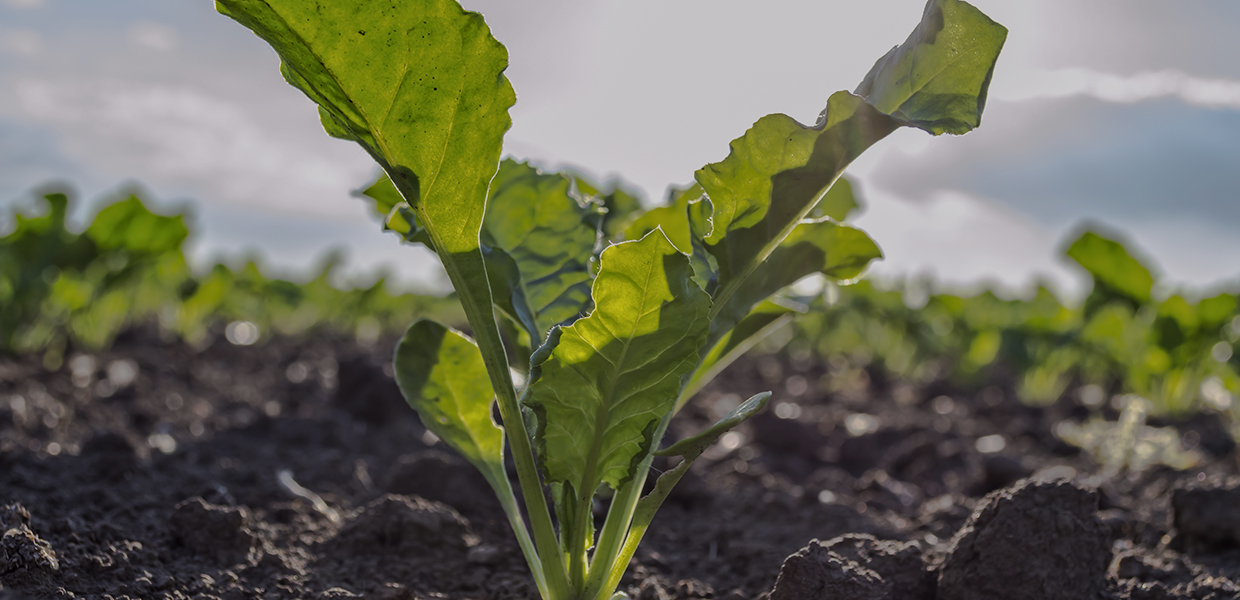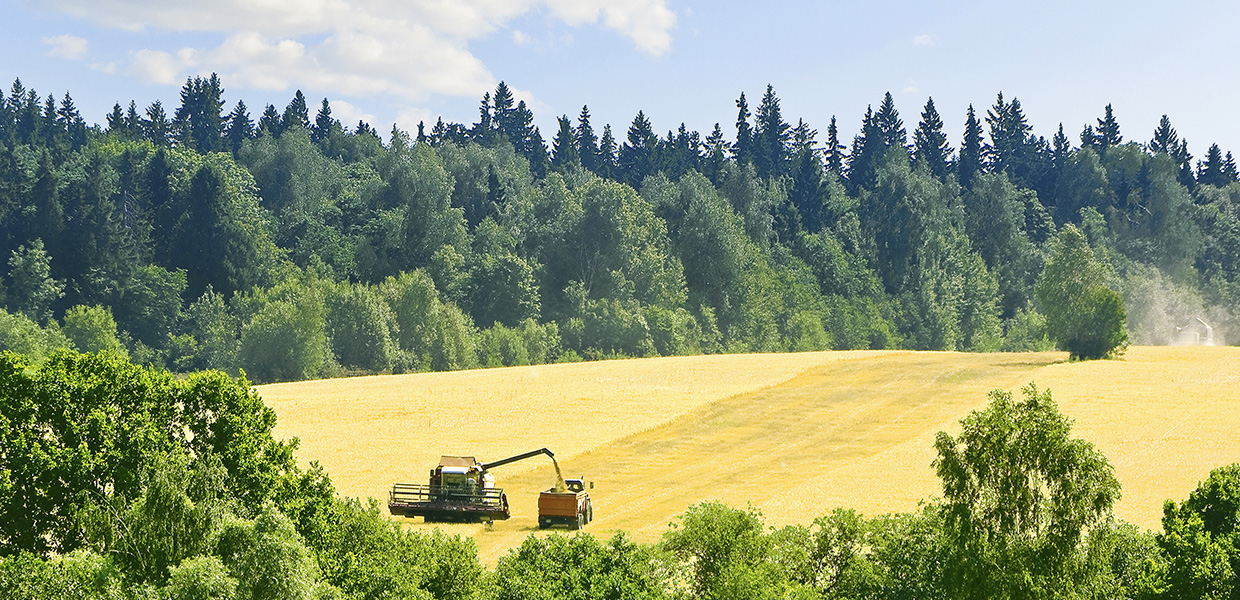Farming has existed since the beginning of time and has evolved into an industry that has a significant global footprint. According to the American Council for an Energy-Efficient Economy, the agricultural sector has the potential to save over $1 billion in energy per year. As the importance of sustainable farming practices has continued to grow, there have been several new developments in energy-efficient equipment that can help farmers unlock the green potential of the agriculture industry.
Agrivoltaics
The roots of modern solar power can be traced back to 1939. Since then, it has played a large part in the alternative energy revolution. Agrivoltaics, the simultaneous use of areas of land for both solar photovoltaic power generation and agriculture, is a new technology that promises to improve food production and reduce water use, while also creating energy and additional revenue. Photovoltaic technology on farms is becoming an increasingly popular and has several benefits. A study from the National Renewable Energy Laboratory found that implementing agrivoltaic systems can improve land use by 70%. The technology is becoming increasingly popular in Europe, where governments are pushing to install more agrivoltaic capacity.
Given that farms often span across many acres and receive unobstructed sunlight, taking advantage of solar energy is simple and accessible. Photovoltaics can power irrigation systems, soil sensors and agricultural robots like drones. In addition, given their height, livestock and large animals benefit from more shade while continuing to be able to openly graze.


